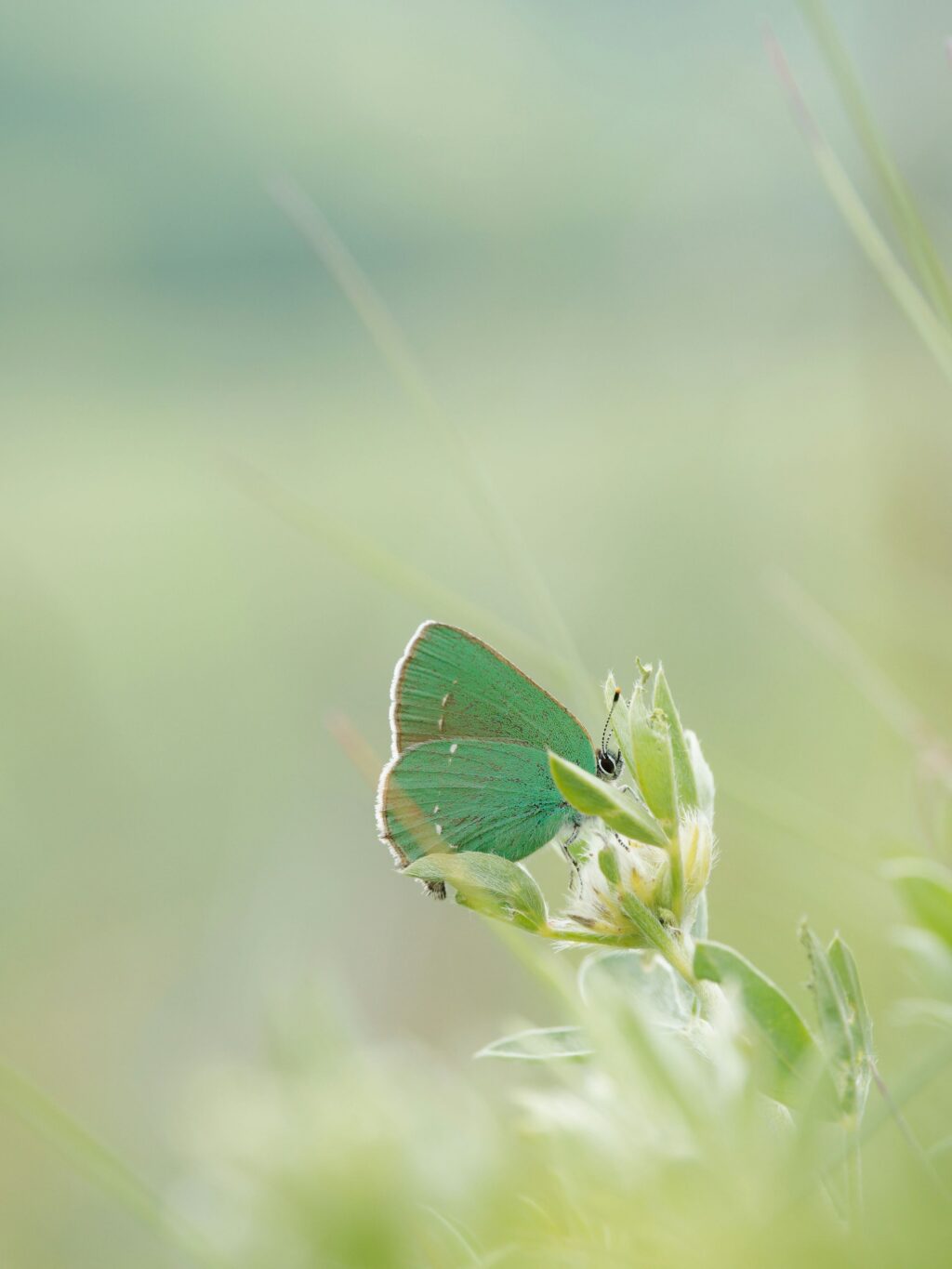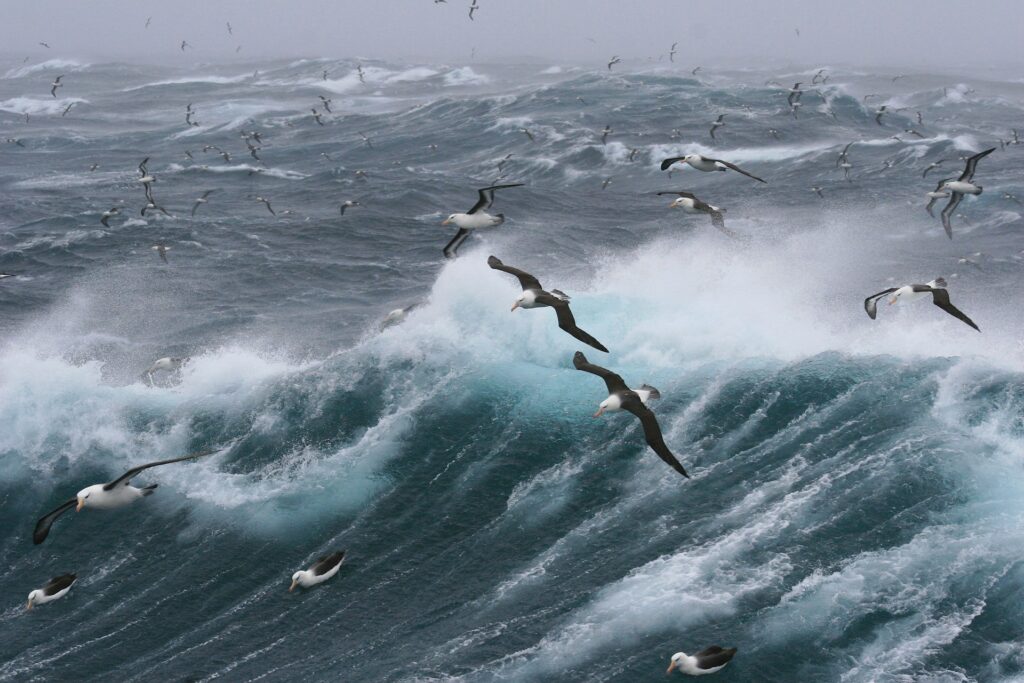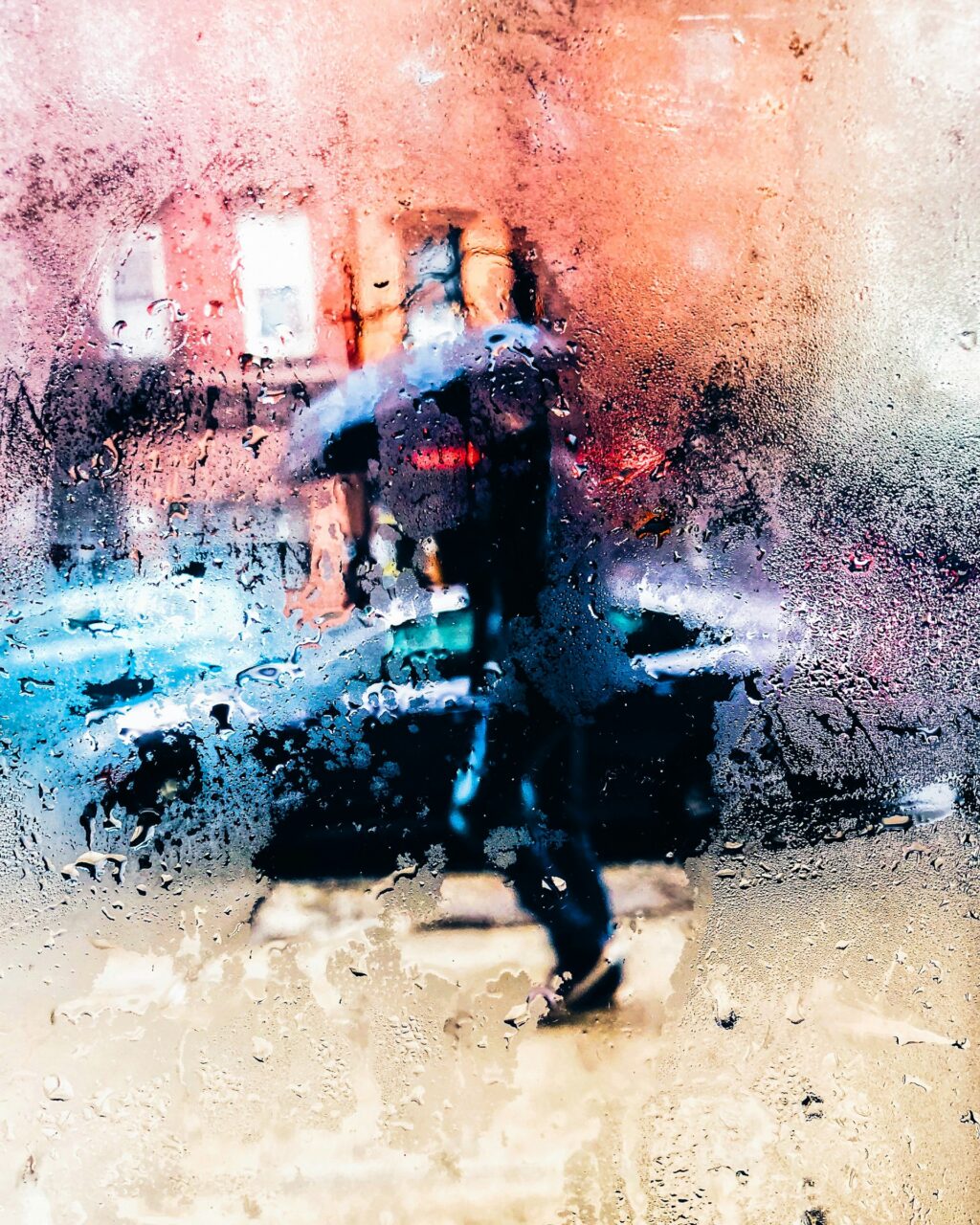Pareidolia can seem a strange word to some, but many would already be aware of it and know what it is. And for some, they would have the experience but not known or heard of this word before.
Do you have experience seeing random images like faces and other objects in the things around you, including everyday objects and outdoors in nature? Have you seen animals, dragons, and other faces in clouds? If you have, it is a perception of the things around us that do not exist in reality and is to do with the human mind. It is a psychological phenomenon and a human tendency to understand and respond to random or vague stimuli and can also be linked to creativity!
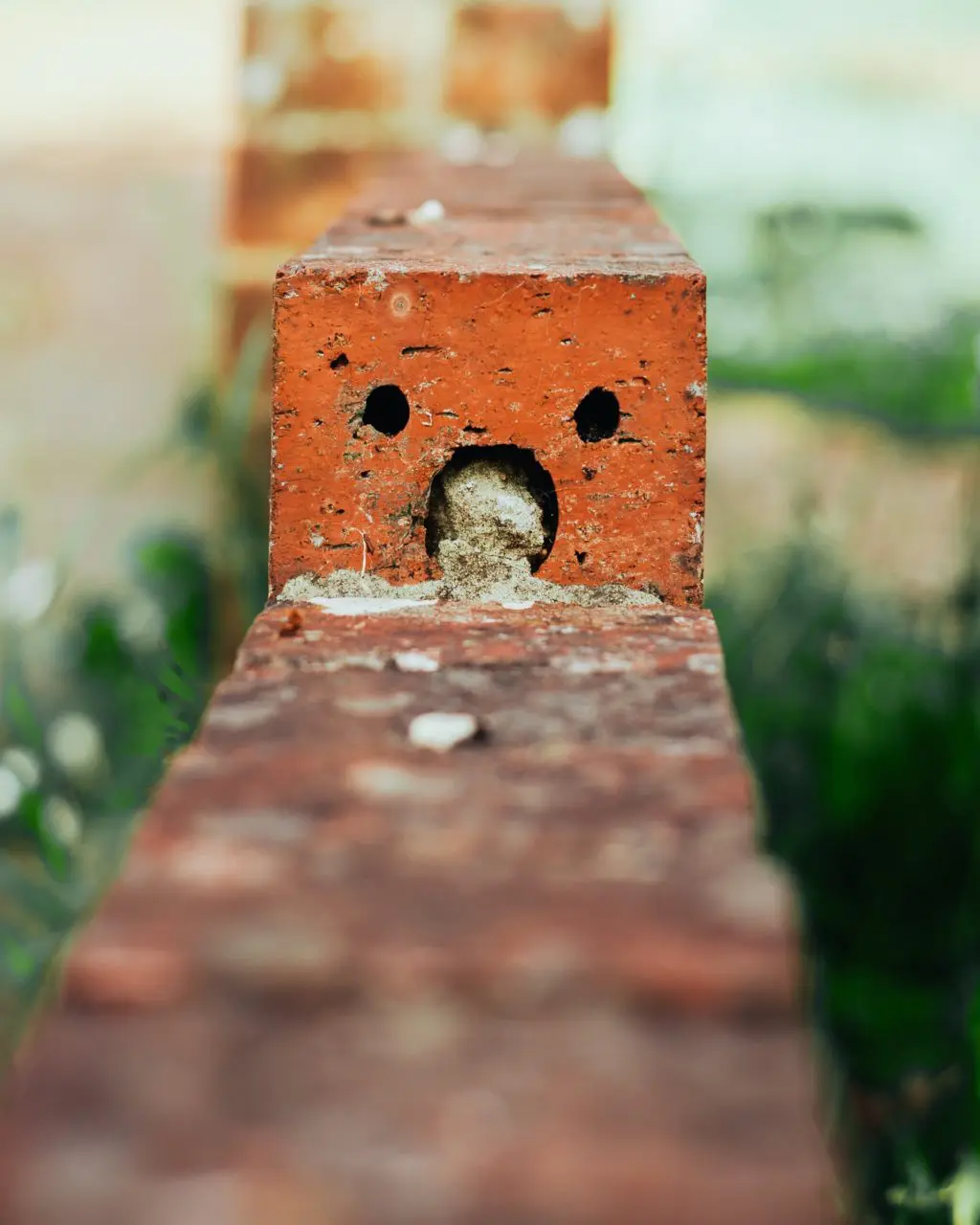
For photographers, this strange phenomenon, perception, or interpretation can be taken to their advantage to create intriguing images that can arouse curiosity. You can make a photo collection of all the pareidolia experiences and even create an album. In this article, we will look at what pareidolia is, some information on why it is caused, and how you can take this to your advantage for some creative photography!
What Is Pareidolia?
Pareidolia is a tendency to perceive or interpret meaningful things in inanimate objects we see around us. The most common would be seeing faces in random places. You could see the shapes of animals in the clouds, faces in rock formations or tree trunks, or even in the mud, and this perception where one can recognize faces is called pareidolia.
“Pareidolia” derives from Greek words – pará meaning beside, alongside, and eídōlon meaning form, shape.
This perception varies with people in the sense some see it quicker than others, and once you see them, you cannot stop seeing them. By learning to observe things and focusing on them, you will be able to bring interest and attention to an otherwise random image.
What Causes Pareidolia?
Although human pareidolia was considered a symptom of psychosis a very long time ago, it is now a normal human tendency to see some faces or other things in the objects around us. There have also been beliefs that people who are very religious or fearful are more likely to experience and identify with pareidolia.
People who have fear are prone to see something that isn't there because they are constantly on the lookout for hiding or protecting themselves from any danger, and they experience pareidolia more compared to others. This ability to see faces or objects is a result of the brain processing information, and this is fascinating, arouses curiosity, and at the same time feels strange, for example, the loch ness monster, the face of the Virgin Mary on a cheese sandwich, an occasion where a callus on a tree resembled a monkey god leading believers to pay homage.
Putting aside the above beliefs, I think we all would have experienced this at some point and some quite often or even every day – when we are at someplace or a regular spot, we have the habit of looking at lines, shapes, dots, textures, patterns, etc., around us and we try to make or imagine something meaningful out of it even if it is by joining some dots. This processing happens in the brain, which can also be considered art.
Here is a very good example of pareidolia. When you look at the photograph below from the late 19th century, the first thing that you are drawn to is the face of a man with a beard and wavy hair. If you look at the image up close, you can see that the forehead and eyes are the bonnet and face of a child, the hand and leg form other parts of the face, whereas the beard and the wavy hair are human-like, and they are the shrubs around. The child is with his or her father – more like hidden messages.

It is interesting to see how the play of light and shadows can create an illusion of something completely different.
Pareidolia And Neuroscience
When we interact with humans or any other living being, we look at their face, and in that process, we are able to learn the person, observe and understand their mood, emotions, etc., of the person or living thing through facial expressions. Our brain processes the information in this process.
Similarly, when we start seeing shapes and faces in inanimate objects for the first time, we start seeing or noticing them everywhere possible. Anything we look at is processed by the brain, and it is this process that leads to pareidolia. Our brain can put together a scene or an object, even if it is not visible, based on what we have seen before. Rather than perception, these are believed to be more due to images that can be part of a creative mind. Many artists have been inspired by pareidolia to create their own works of art.
If you are interested in reading more about this, here is an interesting article on why we see faces in everyday objects and another about why the brain is programmed to see faces in everyday objects!
Types Of Pareidolia
Pareidolia can result from human thoughts, past experiences and can be related to psychological phenomena in individual human beings. Although there are no specific types of pareidolia, depending on what, where, how, and why we see or perceive things, we can vaguely classify pareidolia into the following categories.
Face Pareidolia
This is the phenomenon of seeing faces in everyday objects, which is the most common. Our brain processes these shapes or faces very similar to how it processes when seeing real faces, and the scientific explanation for this is face pareidolia.
One of the most interesting features is that, besides seeing a face, we also see some sort of emotion, expression, or character attached to it. Such mistakes of seeing something when it does not exist can be useful to learn more about human pareidolia.
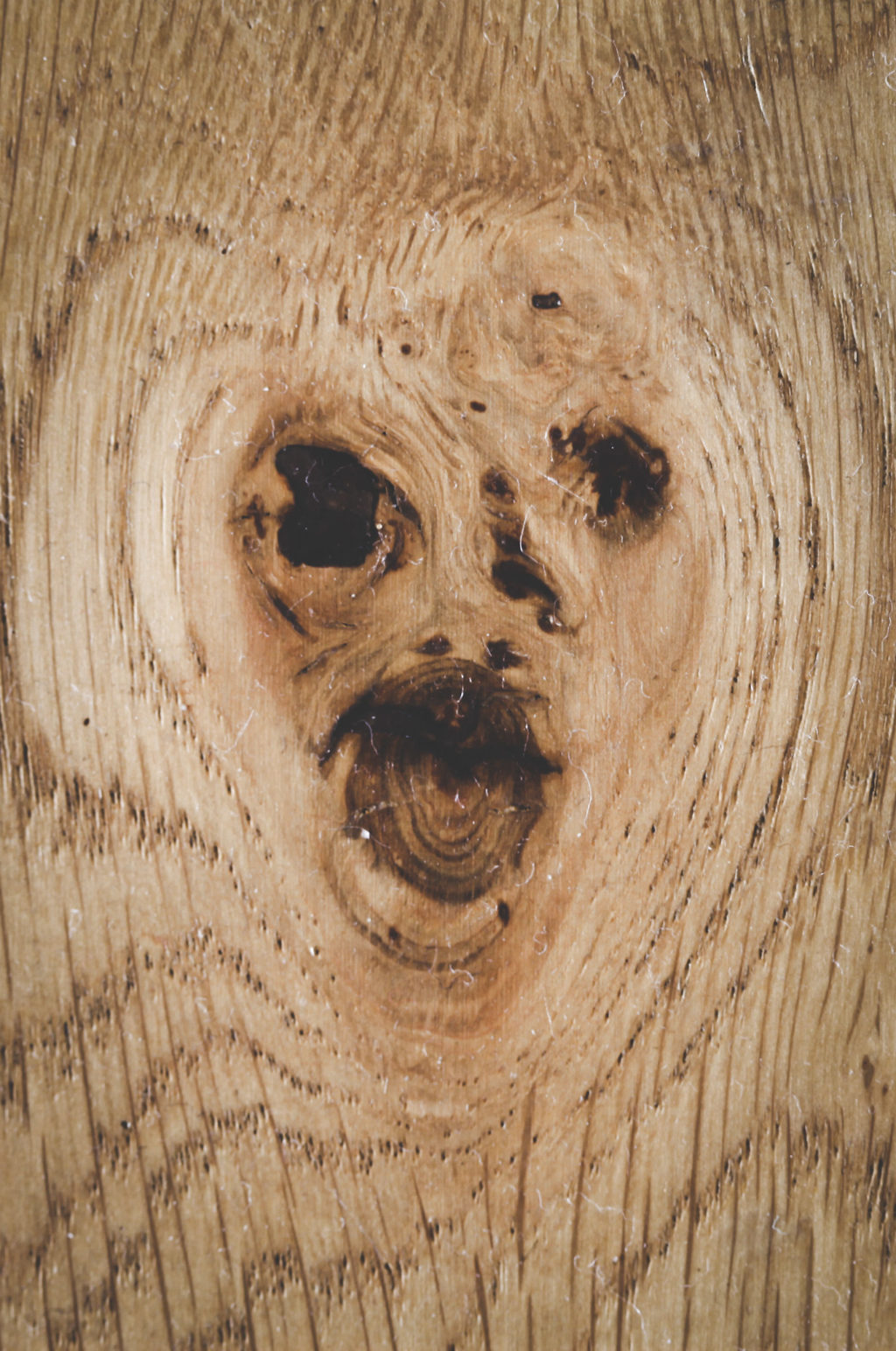
Just like humans, in a superficial sense, computers display pareidolia, although these are scanned images of something relating to medicine and other scientific research. For example, based on a person's mental state, one may see faces in scans and images of neural networks, etc., that computers share.
Lunar Pareidolia
When I was a child, I remember seeing the shape of a rabbit on the moon, and I believe most of us would have as well. Although not exactly a rabbit, it resembled a tiny animal with very long ears, just like the illustration of a rabbit. I now look at the moon differently regarding its other features like craters. Others may see different objects, shapes, faces, etc. The lunar maria (dark areas) and the highlands (brighter areas) can make for many pareidolia photos, which can vary with individuals.
If you look at the photos below, there are some shapes, faces, and objects you can perceive as being seen on the moon’s surface. These are again a result of light and shadows in the maria and highlands.
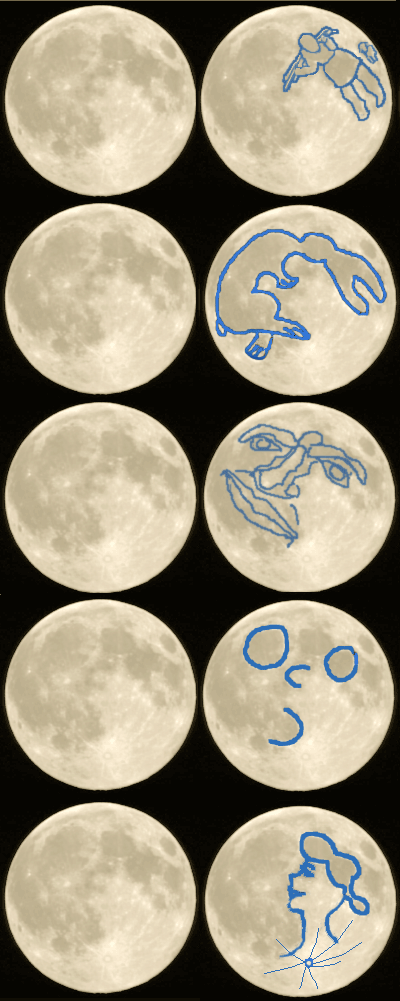
What one sees can be completely different from what others see. It is how the brain processes each individual's shapes, forms, light, and shadows. Above all, remember, what you see is not really there and is to do with your mind and how it perceives things you see. The other areas of the moon, like its south pole and the side facing away from the earth, can have numerous other features that can yield pareidolic images.
Note: These shapes or patterns have also been seen on the surface of Mars in the Cydonia region, one of the most famous examples of pareidolia. Since the planet is very far away and humans are not able to see its surface details from Earth with unaided eyes, it has not been a common thing that has been talked about. However, photos released by NASA, thanks to photography, show areas on the planet where faces and patterns are seen on its surface. These patterns/facial features created by rocks are also called mimetolithic patterns, and one such photo is what we see below.
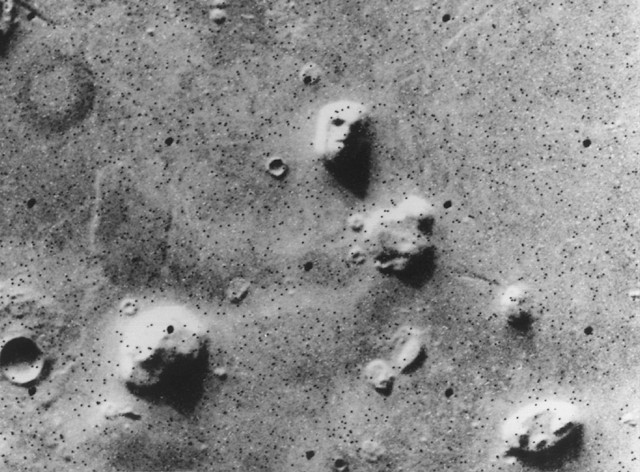
Pareidolia And Religion
Pareidolia, where people see faces of gods compared to others who may see a different person, can be classified as religious pareidolia. This is classified as religious because some people tend to see some faces related to religions, whereas another person would see a completely different person or nothing at all.
This perception could be because human spirituality tends to look for these signs or human-like faces during trying/troubling times when fearful events or happenings occur in the world. Research suggests that these experiences could result from our imagination or psychological phenomenon rather than spiritual things.
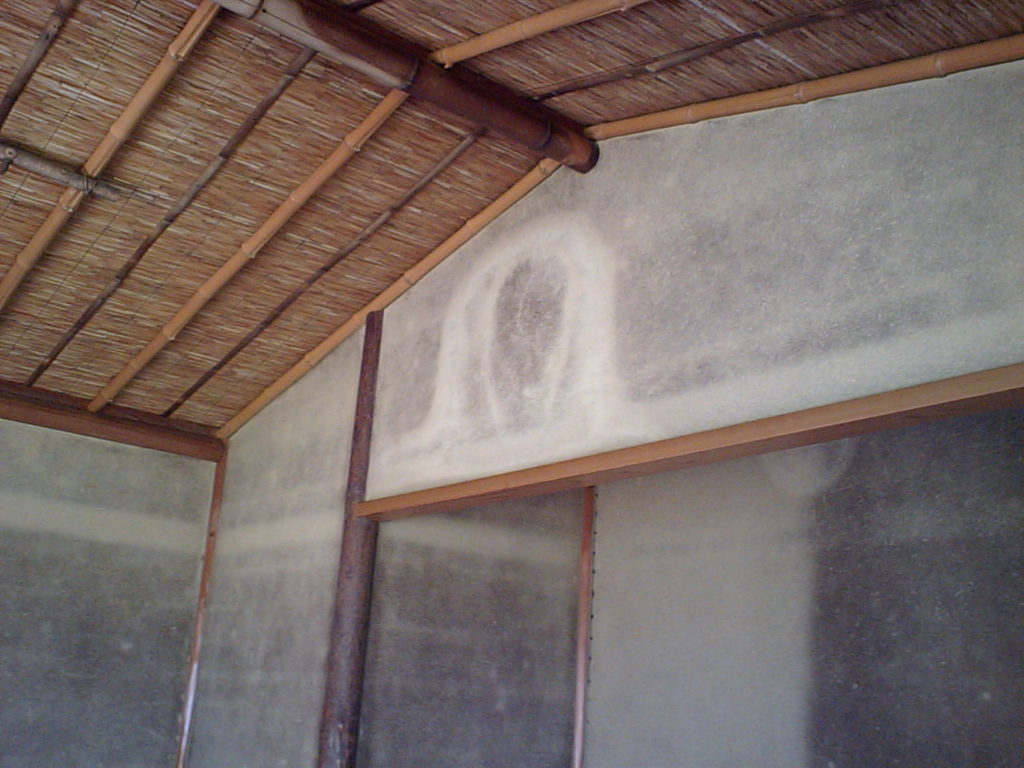
Projective Pareidolia Or Pareidolia And Personality
Pareidolia, when expressed from the subconscious mind, where is allowed to express their feelings or emotions when looking at a random sketch, inkblot, art, or something similar; this is termed projective pareidolia. This is a form of psychoanalysis used by psychologists to assess or attempt to gain insight into human ability, emotions, and behavior.
An example of the above is the Rorschach inkblot test, a test named after its creator Hermann Rorschach with a set of cards containing images made with inkblots. Ink is dropped on paper, and the papers with inkblots are folded before drying to create a symmetrical or mirror image. The cards are shown to people and asked for an interpretation of what they see in the inkblot, and this test has been used as a test for someone’s personality or to get an idea of their inner thoughts and hidden emotions.
This idea, however, has no evidence to be genuine and is under great dispute. Rorschach himself never intended to use the inkblots for a general personality test. If you wish to read more about the Rorschach inkblot test, here it is on the website for Rorschach where you can also see all the inkblots!
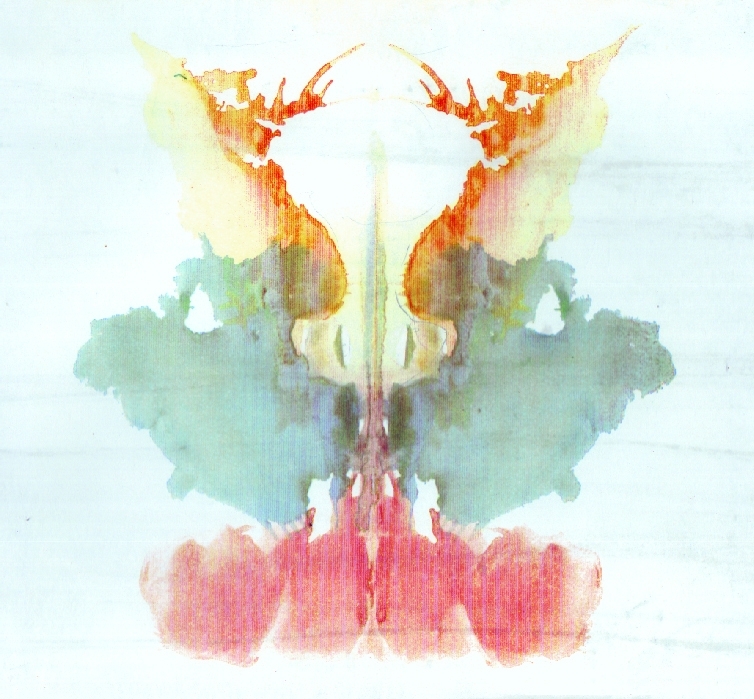
Pareidolia, Arts, And Literature
Classic artists and authors have had a great interest in pareidolia, reflected in their works. Some common examples are works of Shakespeare, paintings, and drawings by Leonardo Da Vinci, and Giuseppe Arcimboldo, which are artistic representations. Here is a passage by Leonardo Da Vinci on pareidolia as an artistic device:
“If you look at any walls spotted with various stains or with a mixture of different kinds of stones, if you are about to invent some scene you will be able to see in it a resemblance to various different landscapes adorned with mountains, rivers, rocks, trees, plains, wide valleys, and various groups of hills. You will also be able to see divers combats and figures in quick movement, strange expressions of faces, outlandish costumes, and an infinite number of things which you can then reduce into separate and well-conceived forms”.
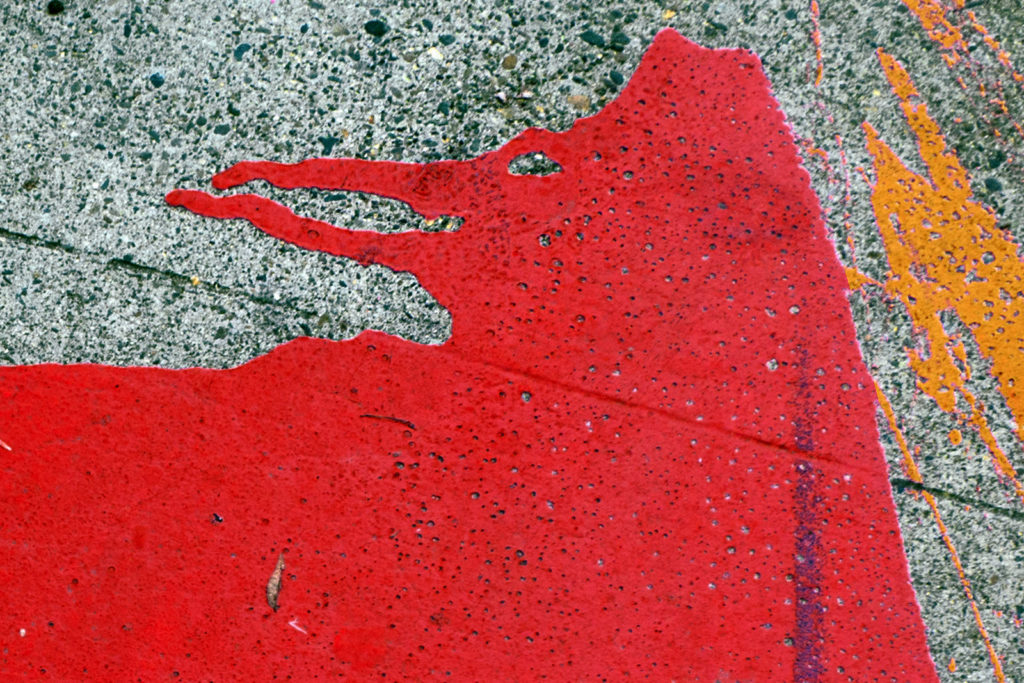
Pareidolia For Creative Photography
Photographers, including other artists, are some of the best observers with creative minds, so it should be easier to see the unseen and find pareidolic images. While there are many research works and insights into what pareidolia means and why it occurs, pareidolia photography can be an interesting project to pick up when you are running out of ideas or even done as a hobby to photograph as many photos wherever possible. It can be a collection as an artist's representation of mundane objects.
We have a lot of inanimate objects around us, and seeing faces in inanimate objects can be a common thing for most of us, and this can be photographed for interesting pareidolia photos. Watch out for interesting light and shadows, forms, patterns, textures, rock formations, etc.; you only need to observe the objects around you, including even the smallest of places and the tiniest of details.
Sometimes a wide shot of what you see and photograph may not instantly draw the viewers’ attention or even help them see what you are seeing or what you wish to show. Applying a meaningful and effective crop to the photo will help get an interesting composition and frame to create pareidolia and abstract images out of inanimate objects.
This kind of photography can be fun, relaxing, and inspirational and help improve your observational and interpretive skills. It can even make you feel a bit more adventurous.
Besides photographing pareidolia, sharing these images with other photographers, friends, and family and then discussing their views or how they interpret it can be a great way to have an interesting and purposeful discussion and also to give and take ideas. This will also help you understand how others view what you see – whether it is the same or different.
Next time you are out with your camera, look around and see if you can find anything interesting. Look everywhere: doors, walls, rocks, stones, trees, clouds, etc. You can come back with some pareidolia images that are interesting and abstract.
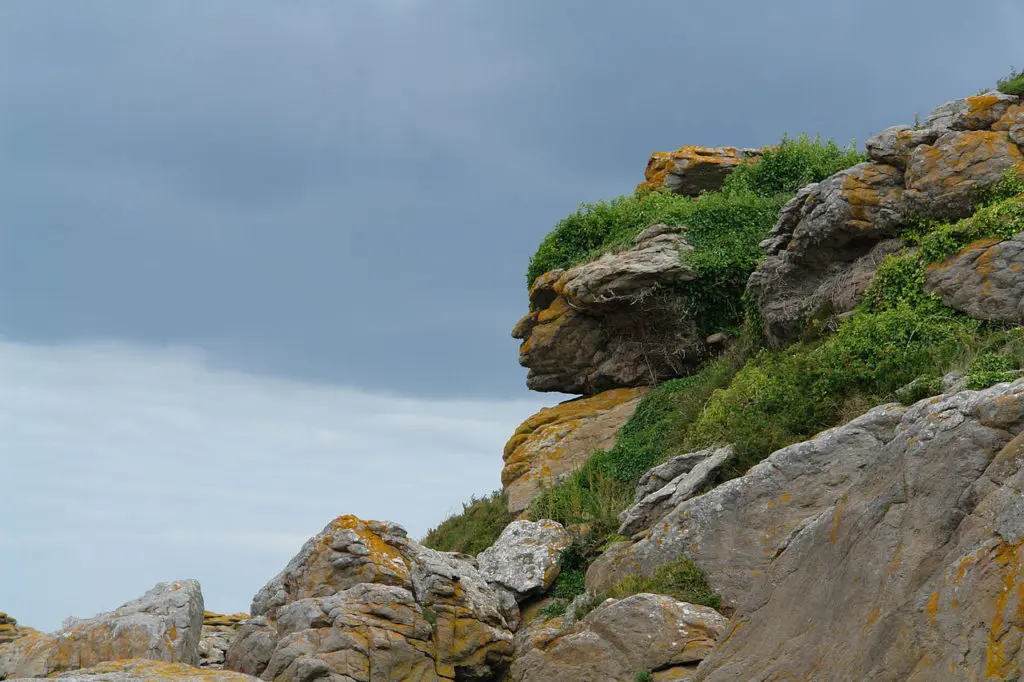
Where Can You Look For Pareidolia?
You can look for pareidolia anywhere and everywhere, indoors and outdoors. Here are some suggestions on what and where to look for when creating pareidolia photography.
- Day-to-day objects around you, including stationeries, books, shelves, bags, wallets, etc.
- Electronic gadgets and accessories
- Kitchen utensils, machines, accessories
- Tools in workshops, garage, garden
- Cleaning materials and tools
- Food, fruits, vegetables.
- Doors and windows, chimneys, and ventilators.
- Buildings and other architectural structures
- Textures, patterns, splashes of paint
- Clouds, fire, fumes, landscapes
- Outdoors in fences, tree trunks, driftwood, rocks, on the ground, plants, and flowers.
- In deep sky objects (examples are the Horsehead nebula, Witch head nebula, Helix Nebula or Eye of god, Eskimo nebula, etc)
- Lunar surface – closely observe the surface of the moon on a clear night and see if you can photograph the features up close if you have a telescope)
There are many more places where you can look for pareidolia, and we have an interesting throwdown here where our members have shared some really interesting pareidolia photography. Go have a look and share if you have some!
Do You See Faces Or Objects?
Here is a collection of pareidolia photos that you can get ideas and inspiration from to get your creativity flowing. Take a look at them and discuss with friends or family what you see!
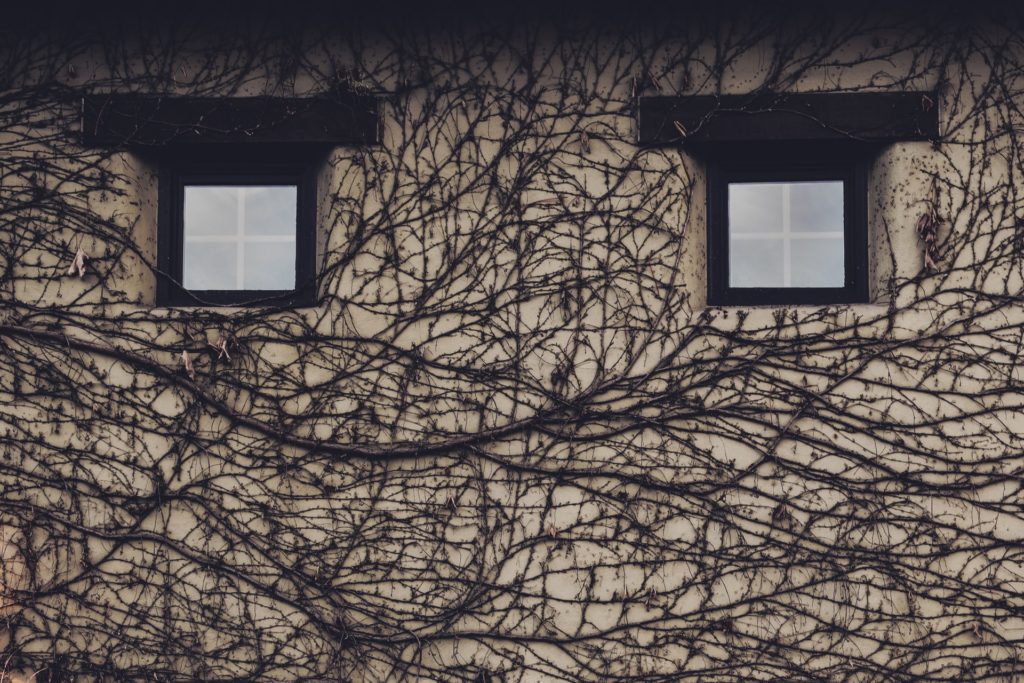
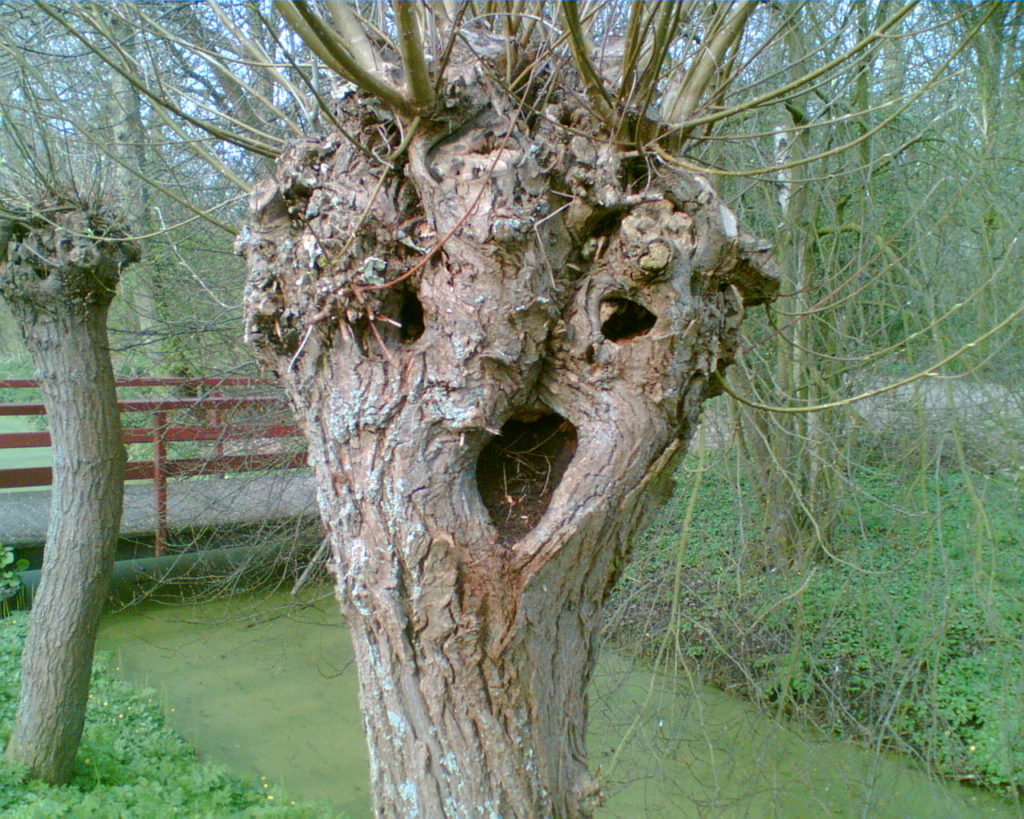
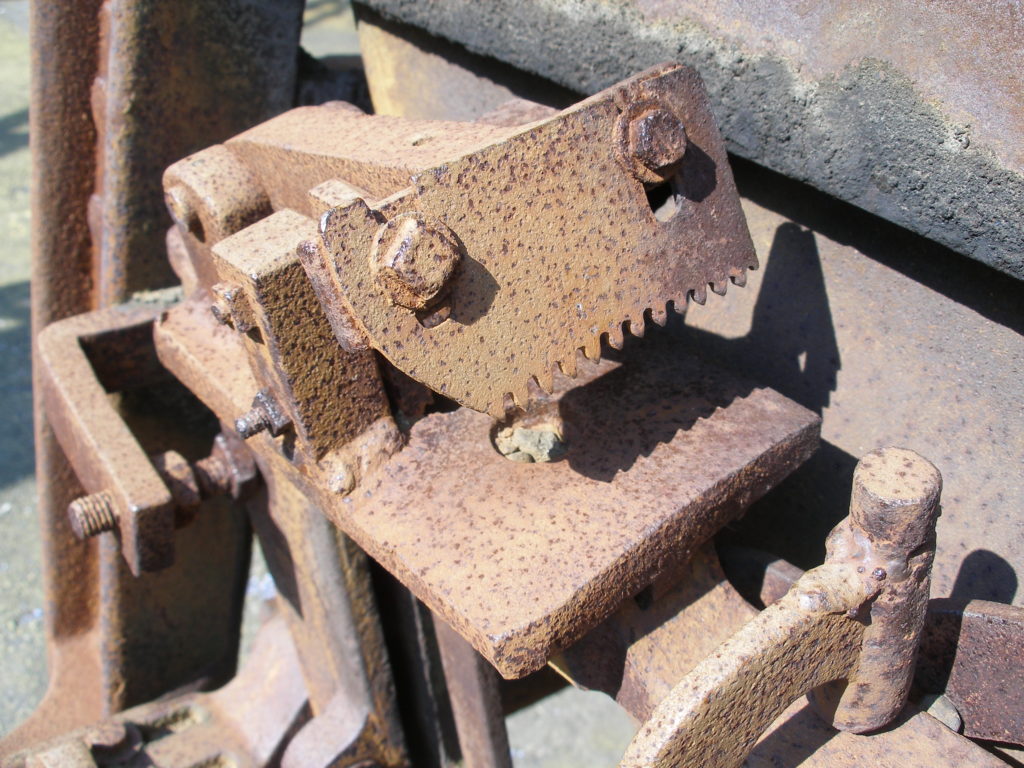
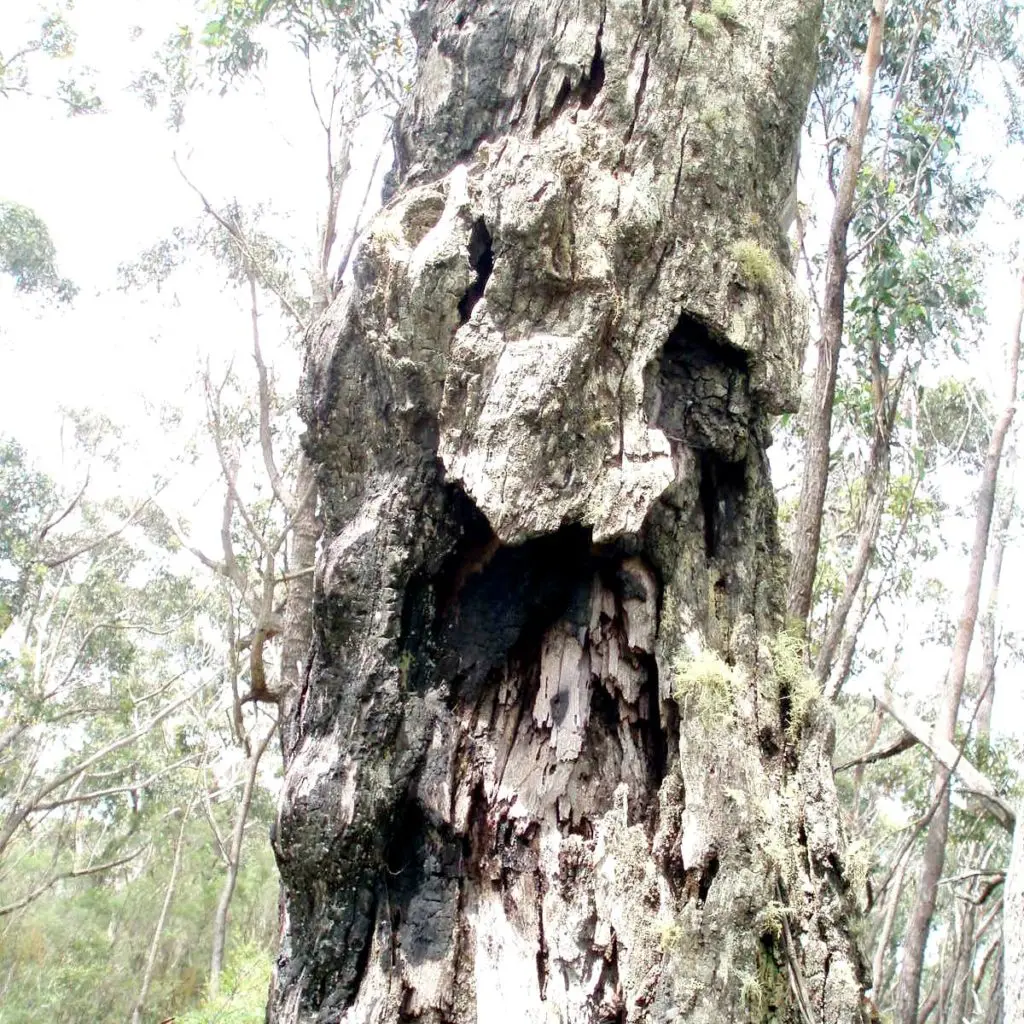
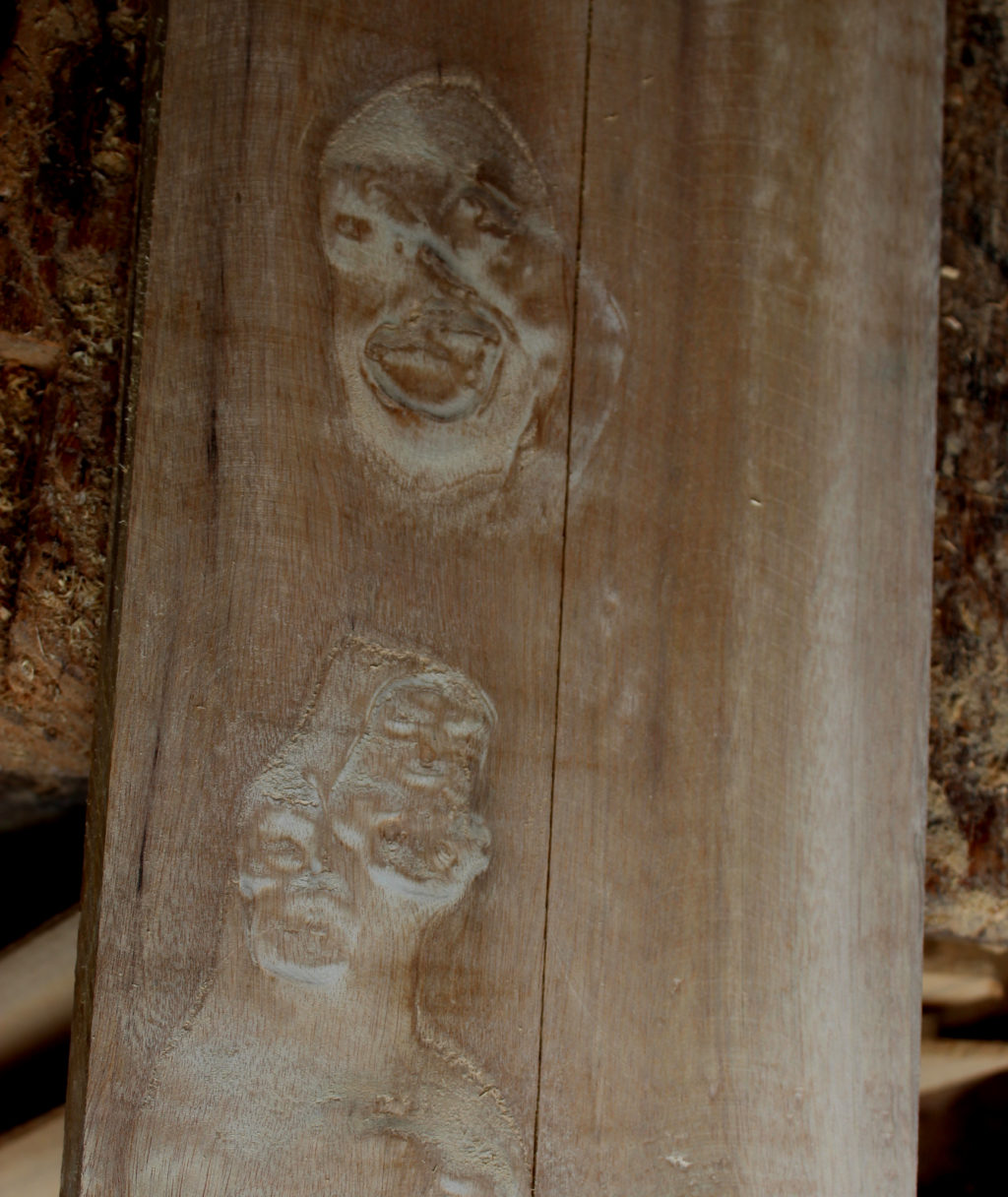
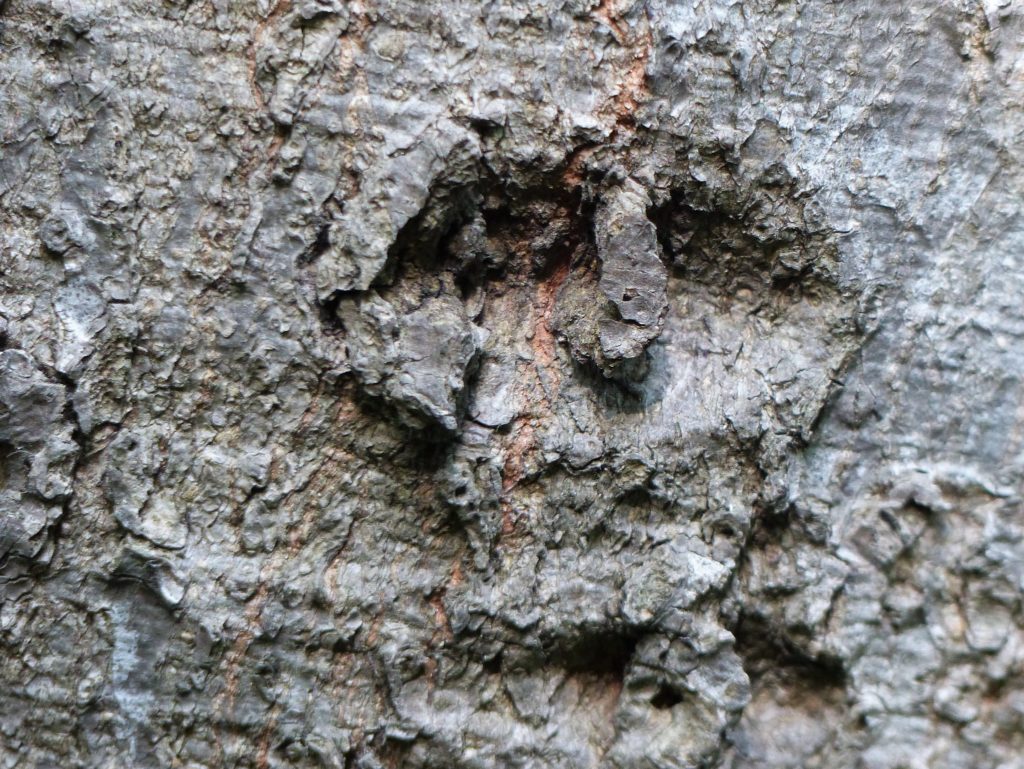
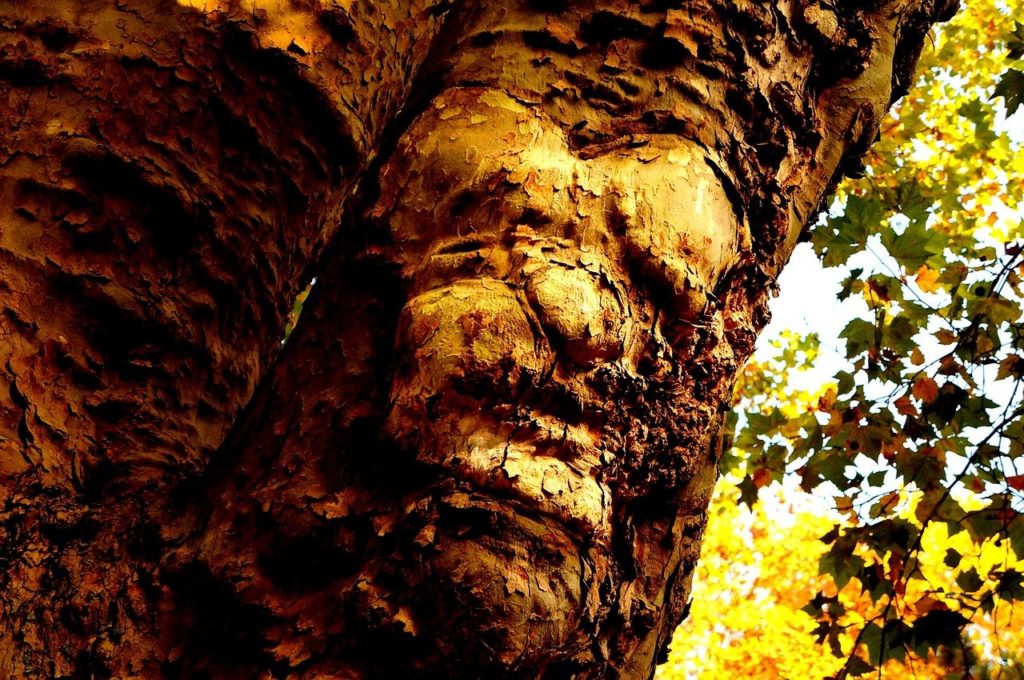

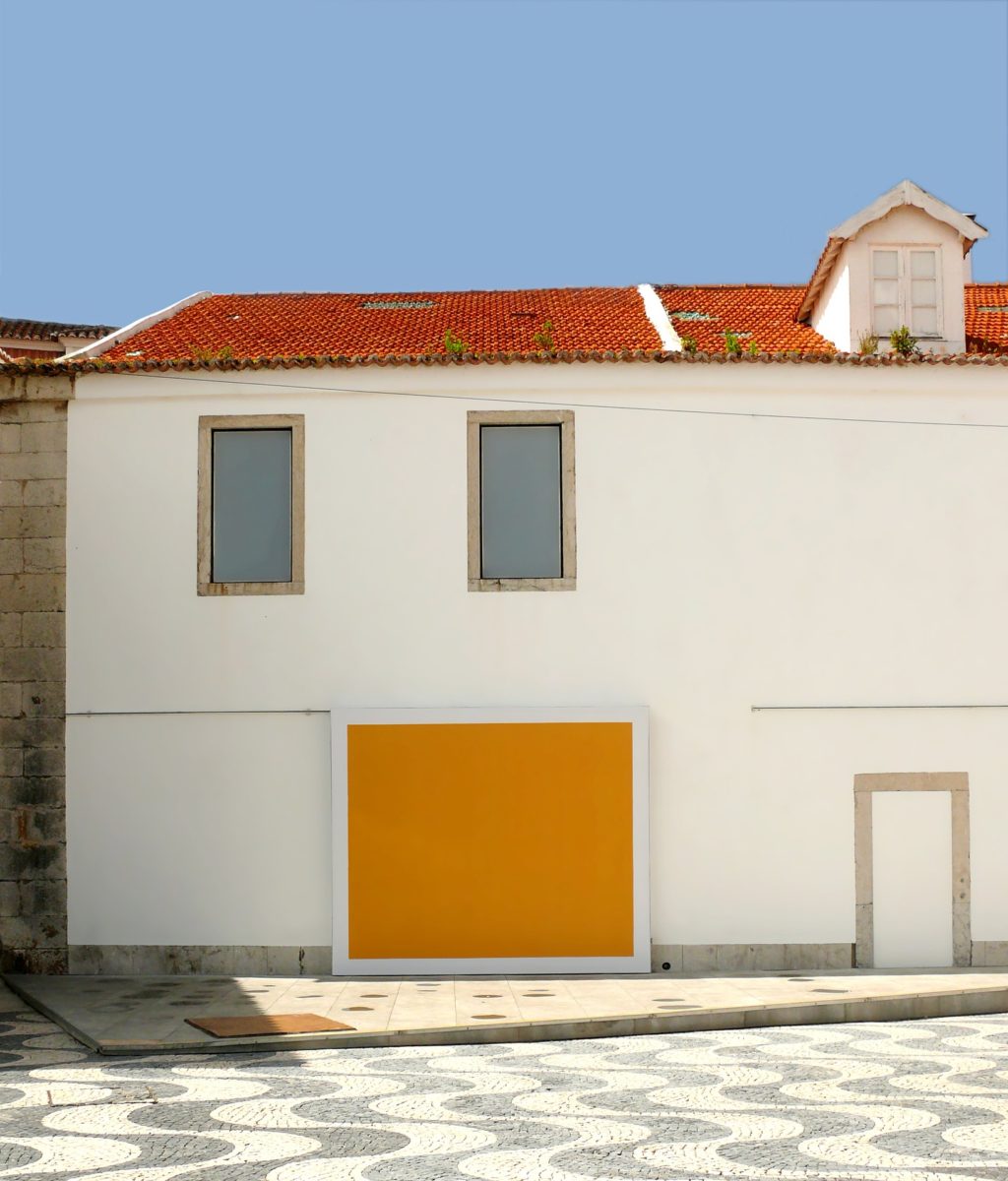
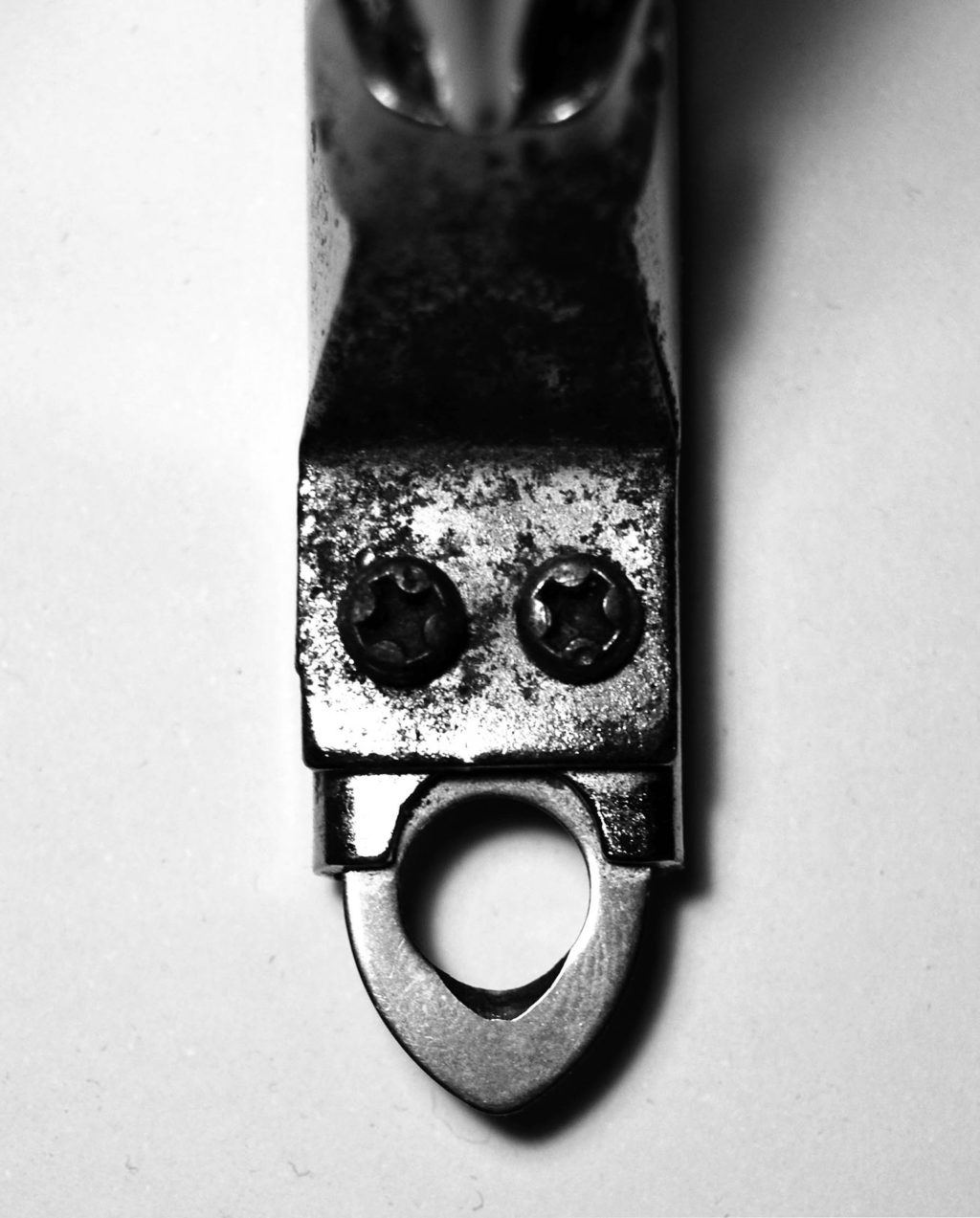
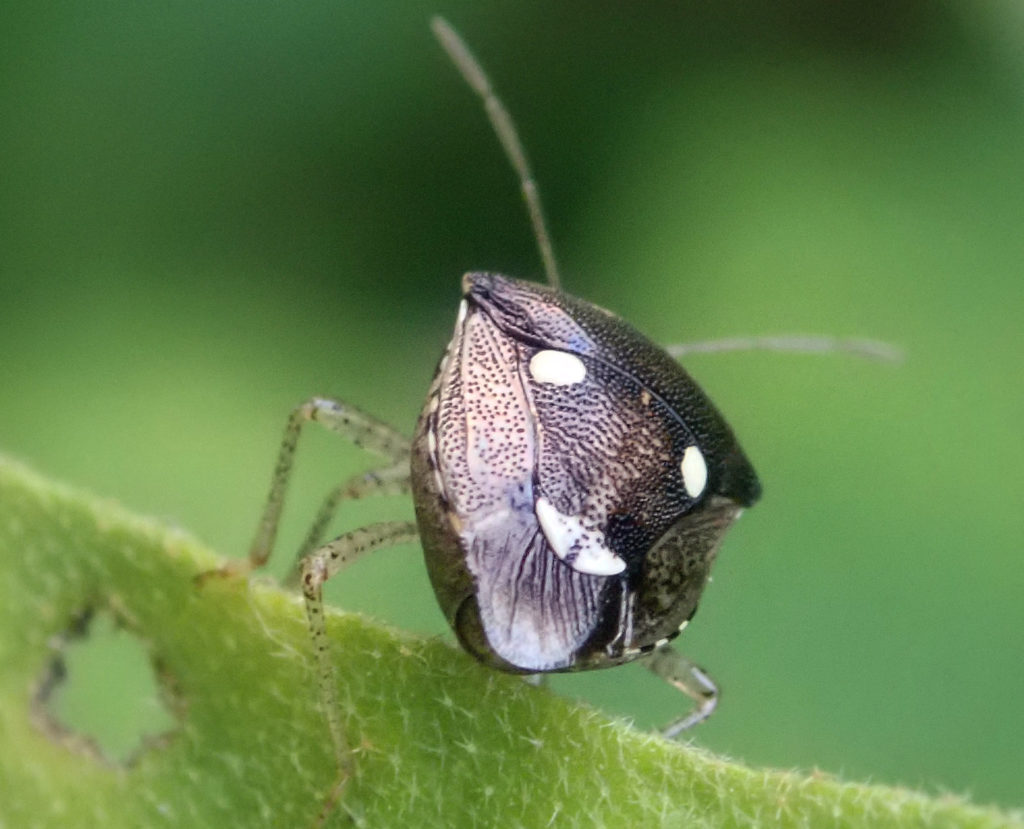
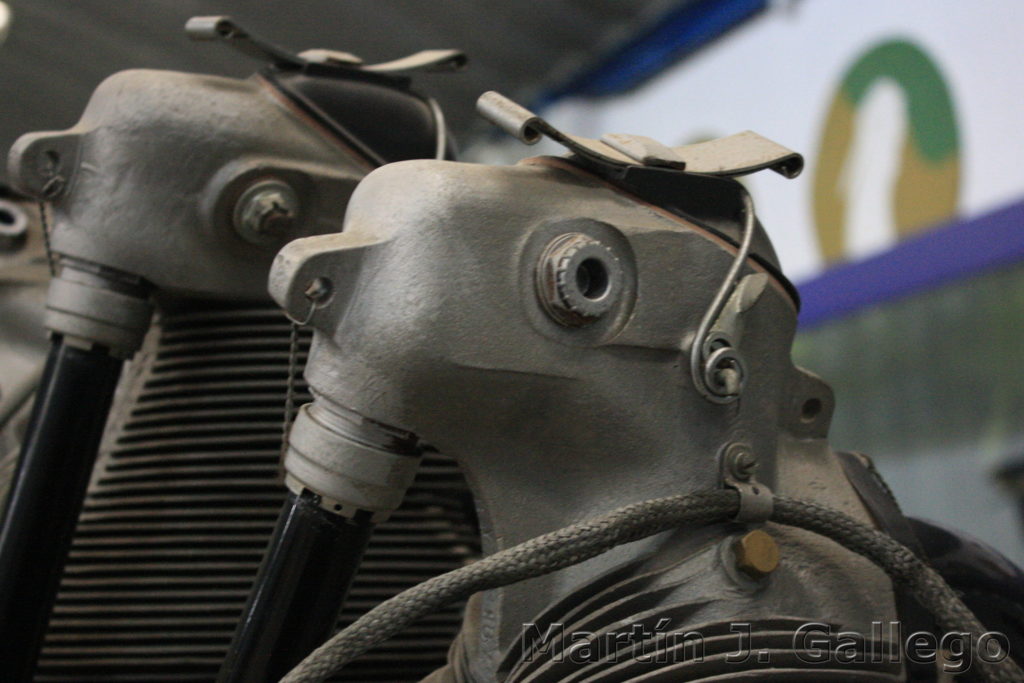
Do you have experience with pareidolia? This could be anywhere that you least expected or in familiar things that you use every day, and as a photographer, this is a great opportunity to photograph them creatively. If you have experience and have photographed them, share them with us as we would love to see. If you have a different pareidolia experience, share it with us in the comments section below.

